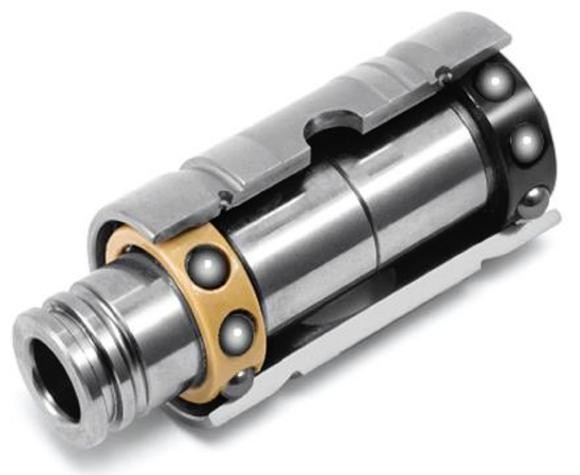The Caterpillar C15 Acert engine, produced from 2004 to 2010, featured several variations: BXS, MXS, NXS, and finally, SDP. A constant across all models was the utilization of a twin-turbo setup—a high-pressure turbo and a low-pressure turbo. However, it’s crucial to understand that these turbos function differently and are not interchangeable. This article delves into the intricacies of C15 Acert Turbos, exploring their operation, common failures, and replacement options.
How C15 Acert Turbos Work
The high-pressure turbo in a C15 Acert generates boost from idle, providing immediate response. Conversely, the low-pressure turbo contributes power at higher RPMs. This coordinated operation minimizes turbo lag, delivering consistent power throughout the engine’s operating range. This system distinguishes the C15 Acert from true “twin-turbo” systems where both turbos operate identically.
Common C15 Acert Turbo Failures
A frequent cause of failure in these turbos is oil contamination. The turbochargers are highly sensitive to impurities in the oil. The BXS, MXS, and NXS models employ journal bearings, meaning the turbine shaft rotates on a film of oil within brass bushings. Contaminants in the oil disrupt this critical lubrication layer, leading to increased friction and eventual turbo failure. Excessive shaft play, oil leaks, reduced power output, and other performance issues often indicate this type of failure.
The SDP Advantage: Ball Bearing Turbos
The SDP version of the C15 Acert introduces a significant improvement: ball bearing turbos. These turbos offer enhanced efficiency and responsiveness due to reduced friction, leading to faster spool-up times and minimized turbo lag. However, the trade-off is a higher replacement cost compared to journal bearing turbos.
 Ball Bearing Turbocharger CHRA
Ball Bearing Turbocharger CHRA
High-Pressure vs. Low-Pressure Turbo Failure
Due to its higher rotational speed, the smaller high-pressure turbo typically fails first. The larger low-pressure turbo operates at a lower speed and generally has a longer lifespan. While simultaneous replacement of both turbos is recommended, replacing only the failed unit is acceptable if the other turbo shows no signs of damage.
C15 Acert Turbo Replacement Options
Several aftermarket options exist for C15 Acert turbo replacements. For BXS, MXS, and NXS engines, complete new high-pressure and low-pressure turbos are available. For SDP engines, genuine Garrett ball bearing cartridges (CHRA) are offered for both high-pressure and low-pressure turbos. Finding a reputable supplier specializing in C15 Acert turbos is essential to ensure quality and performance. Remember to consult your engine’s service manual for specific part numbers and installation procedures.
